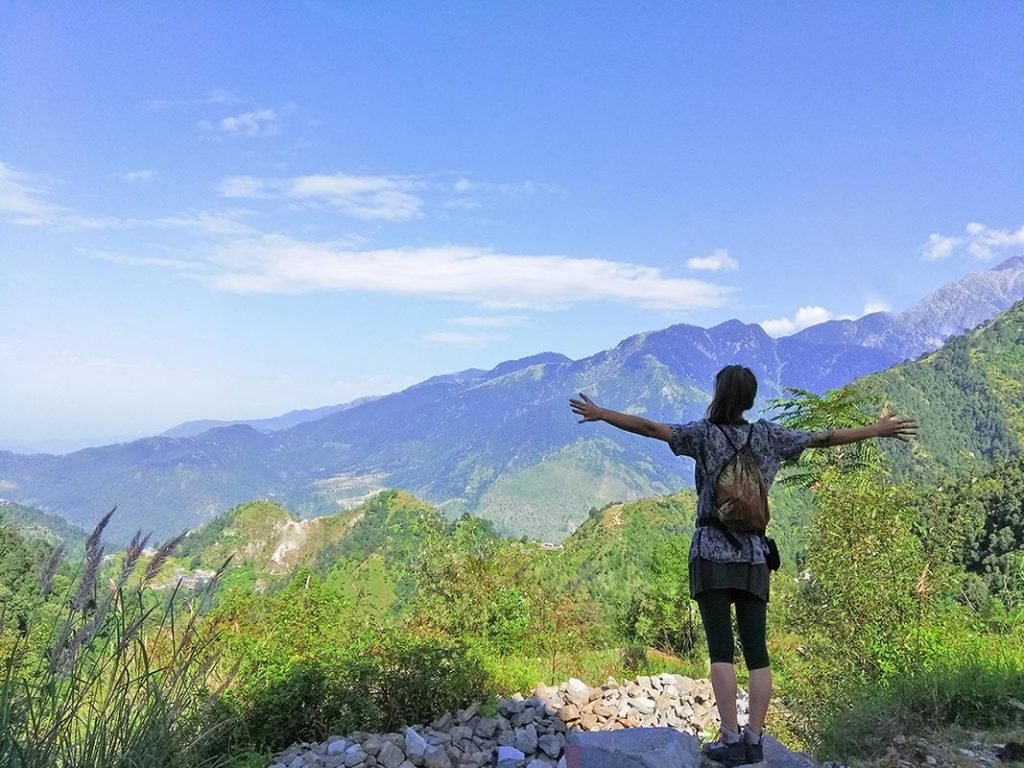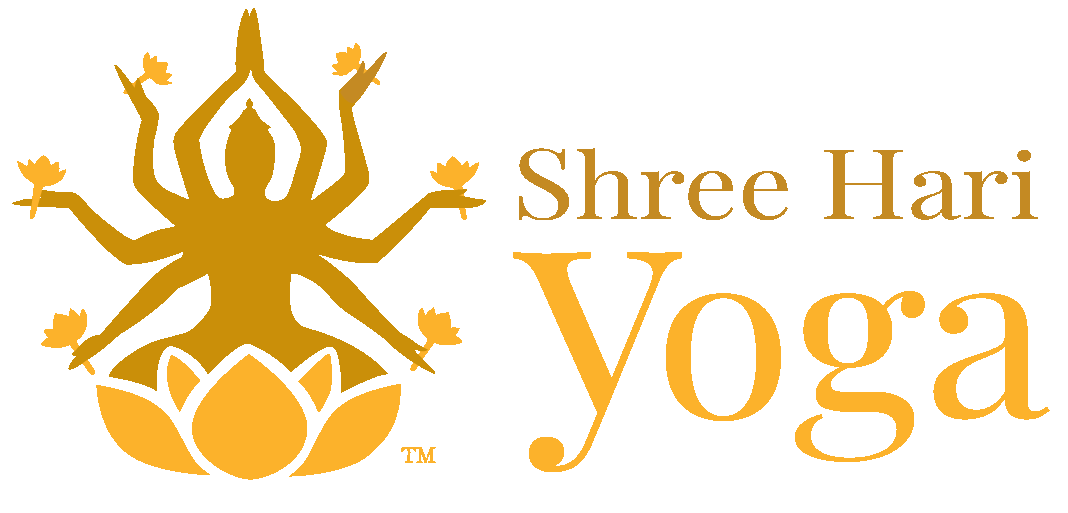
India, a nation by name but a continent in scope, is diverse in a single word.
The Himalayas’ snow-capped peaks border the north. As you go south, you pass through Rajasthan, which contains the Taj Mahal, forts, palaces, and temples that serve as a microcosm of India. Leopards, elephants, and Bengal tigers are protected in central India.
With its landscape of Bengali mansions and neo-Gothic buildings, Northeastern India’s Calcutta still displays its colonial past.
Mumbai’s west coast is an unlikely destination; it’s a center of manufacturing where you may explore Art Deco buildings or a bustling bazaar.
Cruising Kerala’s backwaters on a rice barge converted to a boat is a suitable way to enjoy this region’s relaxed way of life in the southern part of India.
- Select the Number of Days to Stay
An ideal tour length for first-time visitors to India is 7–10 days, which can cover all of the country’s major attractions. The majority of our clients decide to travel to India’s Golden Triangle (Delhi, Agra, and Jaipur).
View our sample 7-Day India Golden Triangle Tour.
You will need a few more weeks to explore more of India, including the western region’s cultural Rajasthan and the southern region’s charming Goa and Kerala.
- Select Your Location
In general, India can be classified into numerous regions:
The north-central part, which includes historical and religious structures, is focused around the golden triangle (Delhi, Agra, and Jaipur).
The south of India, concentrated in Mumbai, Goa, and Kochin, is known for its beaches, tropical scenery, and historic temples and caves.
Rajasthan, located in the west, is renowned for its history, culture, and deserts.
- Delhi: Tradition and Modernity, History and Culture
Delhi, the nation’s capital, is a must-see place on your first trip to India.
Delhi is divided into two distinct areas: New Delhi and Old Delhi. Both are mixtures of ancient culture, art, and modern architecture. Travelers are drawn to the capital by its stunning historical structures, unique cuisines, recreational opportunities, and exciting nightlife.
In Old Delhi, you may stroll through the congested alleys and tight alleyways to sample traditional Indian cuisine.
With its high-speed metro, spacious streets, skyscrapers, and impressive infrastructure, New Delhi exemplifies India’s modernity and advancement in today’s world. Everywhere you look, you can see spectacular government structures from the Colonial era. Take a break in the air-conditioned stores, bars, and eateries there.
- The Taj Mahal, Agra Fort, and UNESCO Sites in Agra
The Taj is a popular tourist destination in Agra and is frequently packed.
You can visit Mehtab Bagh, often known as the “Night Garden,” for a more expansive perspective of this famous building.
Along with the Taj, Agra is home to several other outstanding examples of Mughal architecture, such as the Agra Fort and Akbar’s Tomb.
The Fatehpur Sikri Old Town, which Emperor Akbar established in the 16th century, should be on your list if you’re interested in visiting other UNESCO World Heritage sites.
- Jaipur, The Pink City: Forts, Palaces, Museums, The Palace of Wind, Elephant Sanctuary
Jaipur, the capital of Rajasthan, is a must-see location in India and one of the three cities that make up the Golden Triangle, along with Delhi and Agra. Hawa Mahal, City Palace, Jal Mahal, Amber Fort, and Nahargarh Fort are a few of the most well-known forts and palaces.
In addition to its historical landmarks, Jaipur is home to the responsibly run elephant sanctuary Elefantastic. Spending an afternoon with your children to learn about these enormous but lovable animals is fantastic.
- Varansasi: Religion, Hindu worship, an ancient city, and the Ganges River
One of the most well-liked cities in India is Varanasi, which is situated on the banks of the Ganges. Varanasi is a beautiful spot to witness pilgrims engaging in religious rites and prayers, as it is the holy location of many ancient Hindu structures. These pilgrims come to the Ganges River to purify their souls. There, you can discover more about Indian faiths.
The Ganga Aarti, one of the rites, takes place every evening. When prayers are said, and floating lanterns are positioned in the Ganges, it creates an amazing nighttime view. Observe the native way of life along the Ganges’ banks by taking a boat ride down the river.
- Goa: Charming Colonial Style & Calm Beach Time
Couples and families favor its gorgeous beaches, delectable seafood, and Portuguese heritage. You may stroll through the old town to see the Baroque architecture, engage in beachside water sports, get a massage, or have fun in clubs or bars.
Goa is one of the best places to practice yoga because it is the origin of the practice and the beach capital of the world.
This means that a Shree Hari Yoga in Goa is unquestionably for you if you desire to discover the origins of yoga while unwinding on serene sandy beaches.
Ideal Seasons to Visit India
India is a fairly big country with a wide range of weather conditions.
Winter (from November to March) is often the most favorable time of year to visit India and is also the busiest travel period.
It’s a terrific season for outdoor activities because most of India receives cooler, drier weather at this time. Hotel rates will rise, and crowds at historical places are likely during the high season.
Indian summer monsoon:
From April to September, daytime highs in the nation average around 41°C (106°F). The monsoon season typically occurs in most locations in June, July, August, and September. India receives between 70 and 90 percent of its yearly rainfall during this time, with days-long downpours. Flooding occurs in several areas of northeastern India (close to the Ganges) during the summer monsoon.
Even though it gets hot in the summer, places like Delhi, Agra, and Jaipur may be visited all year. Think about your travel budget India is a sizable and diverse country with a range of travel prices.
The price of travel in India varies according to your destination and the type of accommodations you choose. Hotel costs are significantly higher in large cities like Mumbai, Delhi, Kolkata, and Bangalore than in smaller ones.
On the other hand, India’s inflation issues can cause prices to fluctuate significantly and quickly. Reserve early to lock in a hotel rate and take advantage of any discounts.
The following are some backpackers price ranges:
An Indian budget for travelers is approximately $30 to $50 per day per person (hostels, street food, tuk-tuks, rickshaws). India costs an average of 100–110 USD per person daily (3-star hotels, sit-down restaurants, taxis).
US$150-200 a day per person is required for a higher caliber and more polished experience (4/5-star hotels, nice meals, a private guide, and transfers).
Visa for Travel and Visa Policy:
The vast majority of foreign visitors to India need a visa. Most countries, including those from the UK, US, Canada, and Australia, can obtain an electronic visa for India, sometimes known as an “e-Visa.” Filling out a short online application form.
The India e-Visa is swiftly processed and sent by email to the applicant. This enables the holder to enter the nation for up to 90 days straight for touristic purposes. How to Travel in and Around India
Arriving in India:
Flying is the most convenient way to travel to India.
There are direct flights to Delhi and Mumbai from the major cities in the USA, Canada, Europe, Australia, and other nations.
India may be reached by plane roughly 12–15 hours from the United States, Australia, or Europe and 8–10 hours from Europe.
How to Travel in India:
In India, there are numerous ways to travel around, and Travelers frequently use buses, trains, and airplanes.
The majority of foreign travelers fly from one sizable city to another.India’s trains can be incredibly packed, and train tickets sometimes sell out extremely fast, making rail travel tough. India’s buses are slow since the driver may pick up passengers along the way, and are frequently crowded. Hiring a private car and driver is the most relaxing way to travel in India (or having private transport). A skilled local driver can get you there more quickly because they are familiar with the area.
